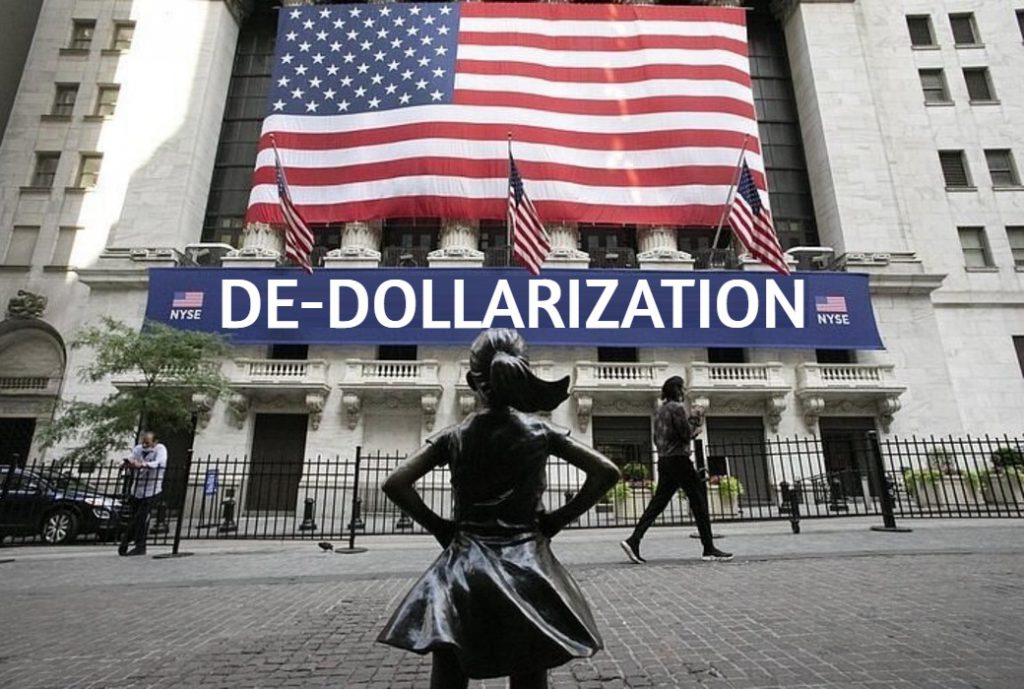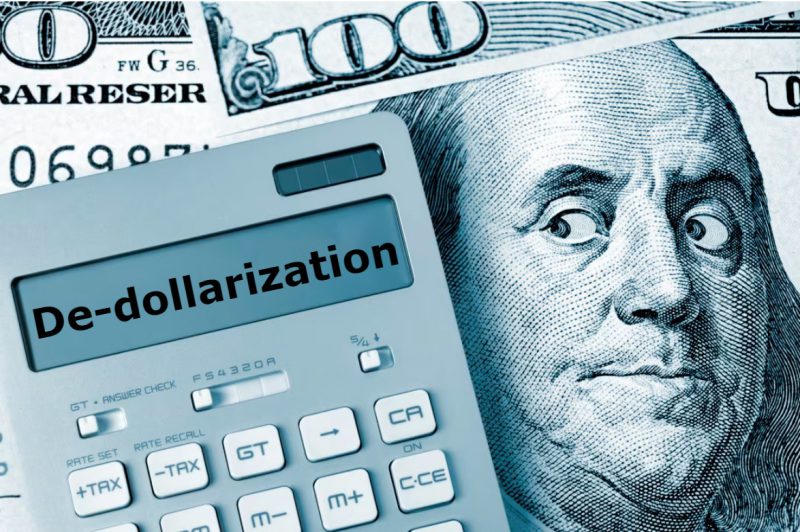There is no denying the fact that the US dollar has lost substantial charm over the last two decades. Share of US dollar in foreign exchange reserves has dipped from nearly 70% in 2000 to about 59% in 2025. Some factors that have paved the way for the dollar’s decline include rising US debt, trade disputes, sanctions, central bank diversification, and the rise of new global economic powers. While these factors have been discussed in depth, let’s look at three developing signals that further highlight the growing de-dollarization sentiment.
3 De-Dollarization Signals You Can’t Ignore


According to a recent Reuters report, the amount of US Treasuries held at the New York Fed on behalf of global central banks has fallen to its lowest levels in more than 10 years. The development highlights a dip in the demand for US sovereign debt and other dollar-denominated assets. According to Standard Bank’s Steve Barrow, “The fact that these custody holdings have fallen so fast might be a sign that central banks have become less enamoured of the Treasury market – and the dollar – in recent months.“
Gold hitting multiple all-time highs is another signal that the US dollar may be losing steam. Rising gold prices can be read as a dip in the demand for the greenback. However, rising gold prices could also be due to expectations of interest rate cuts. Moreover, central banks around the world seem to be diversifying their coffers. China, in particular, has been ramping up its gold purchases.
Also Read: JP Morgan UK Slowdown Signals De-Dollarization Explodes Globally
The third signal you should know about is President Trump’s ban on the digital US dollar. Other central banks, such as Europe and China, have made substantial inroads in their CBDC programs. The lack of a US dollar CBDC could lead to competing currencies taking the CBDC crown.





